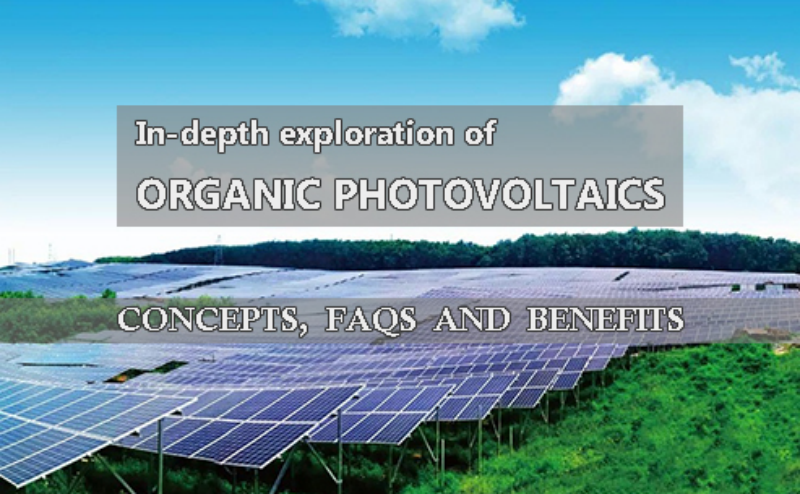
Main content:
- What is an organic photovoltaic device?
- What is the working principle of organic photovoltaics?
- What are the 4 basic components of an organic photovoltaic system?
- What kind of battery is usually equipped with organic photovoltaics?
- How long do organic solar cells last?
- How efficient are organic solar cells?
- What are organic photovoltaics used for?
- What advantages are there in organic polymer PV cells?
- How do you make an organic solar cell? How do you make organic solar panels?
- Are organic solar cells commercially available?
- What are the main differences between organic and inorganic photovoltaic solar cells?
- Why are organic photovoltaics better?
- Conclusion
Sun is the best energy source, and we have been relying on it since the beginning. Plants absorb the sunlight and make food for other living things. But, now we live in times where we have found ways to use solar energy in different ways. The biggest revolution in human lives is inventing ways to convert solar energy into electrical energy. We have been very dependent on electricity for centuries. We run several projects to generate electricity, but most of them are either not unsustainable or have finite sources. So, humanity is finally shifting its attention to organic photovoltaic devices to create energy from the sun’s infinite energy, which can be used in multiple applications such as home energy storage, commercial energy storage, etc. So, let's talk in detail about everything you need to know about organic.
1.What is an organic photovoltaic device?
An organic photovoltaic device is a third-generation photovoltaic technology, also known as Photo Solar cells. It absorbs sunlight and converts it into electrical energy through photovoltaic effects. organic photovoltaics are incredibly powerful and considered to be future of our electric world. We already see batteries in cars, laptops, tabs, and many other appliances. Some people believe that it is only a matter of time that organic photovoltaics also becomes a part of our everyday electronics.
2.What is the working principle of organic photovoltaics?
An organic photovoltaic device usually consists of either one or multiple layers between two electrodes. The single layer is called the bipolar junction of OPV. In contrast, the OPV with multiple layers consists of donor and acceptor layers sandwiched in positive and negative electrodes. The negatively charged electrode has excessive electrons, while the positive electrodes contain an excess positive charge.
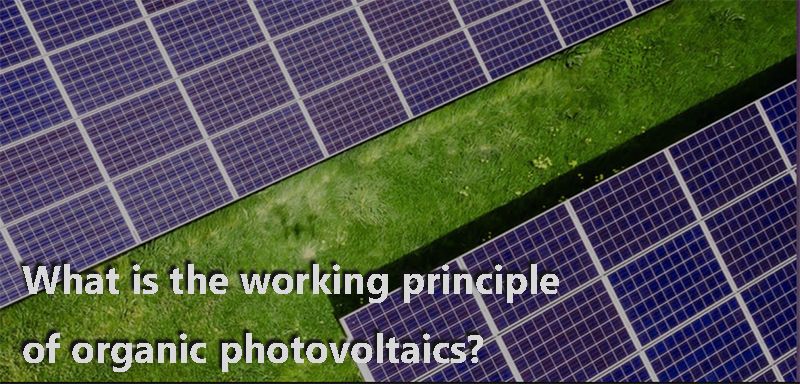
When the device is exposed to sunlight, the photons excite the electrons and protons inside. This creates an electric field at the junction. The energized electrons get knocked out in an atom by a photon, leaving a vacant space called a hole. The hole and a free electron are collectively called an exciton. This free-floating electron gets attracted by another hole made by the photon. Similarly, a large number of independent electrons move towards the hole, and this flow of electrons generates electricity.
3.What are the 4 basic components of an organic photovoltaic system?
The organic photovoltaic system consists of 4 basic components. These components depend on each other to function smoothly. These four components are as follows:
Panels: The Panels are made by joining a number of organic photovoltaic cells. These panels absorb sunlight and convert it into DC.
Inverters: An inverter is a power electronic device that converts DC into AC for commercial or residential use of this electrical energy.
Racking: Racking is another essential component that keeps the whole system intact. The Solar panels have a lifespan of 10-15 years and they must stay fixed during this timeline. So, we use the racking to keep them in place.
Batteries: When you generate electricity, you must know how to save it. So, we use batteries to save electricity for later use when there is no sunlight at night or on cloudy days.
4.What kind of battery is usually equipped with organic photovoltaics?
Many different types of batteries are used for traditional solar cells. The most common batteries used for conventional solar cells are lead acid batteries. These batteries are not as efficient as their modern opponents. NiCad battery is another common battery but it has a more serious memory effect and contains the harmful substance "chromium". Then, we have a nickel iron battery which is not reliable enough because of its high water consumption. These batteries are used in conventional situations. Now we use best lithium batteries for modern organic photovoltaic cells. Lithium batteries are more cost-effective and durable. They have a longer lifespan compared to other batteries and low self discharge rate.
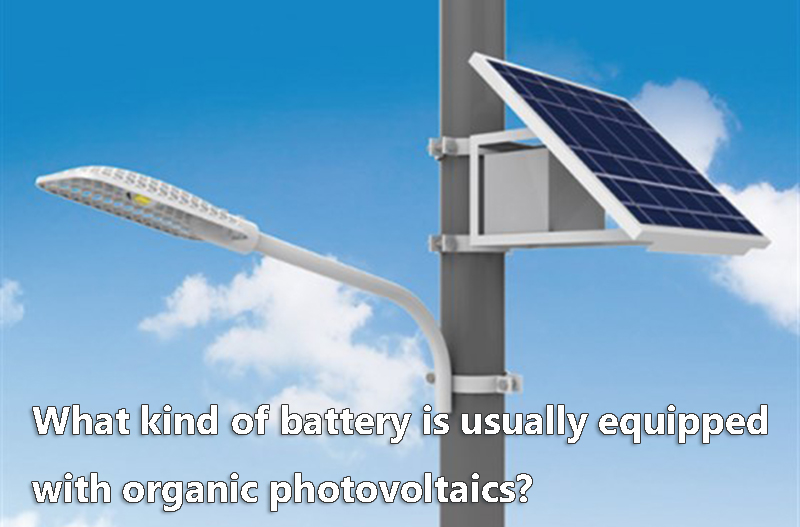
5.How long do organic solar cells last?
The organic photovoltaic cells are far ahead of their conventional rivals. But, one setback of these organic solar cells is their lifespan. The silicon-made solar cells are known to last for more than 25 years. But, the organic solar cells are made up of plastic polymer and cannot withstand the harshness of the outside as efficiently as the traditional cells. Still, organic photovoltaics perform very efficiently for at least ten years before and can go for more years if taken care of properly.
6.How efficient are organic solar cells?
We have yet another limitation of the solar cells besides their lower lifespan. organic solar cells are cheaper, but they are not as efficient as silicon solar cells. A typical silicon solar cell can be as efficient as 20 to 25% in open conditions. On the other hand, the OPVs are only 19% efficient in ideal laboratory conditions, while they are only 10 to 12% efficient in real-world conditions.
7.What are organic photovoltaics used for?
No doubt, OPVs will eventually replace inorganic solar cells in every department, especially in electricity generation for homes or commercial buildings. The flexible nature of OPVs will enable us to use these cells to an utterly next level. The OPV cells are potential candidates for a personal mobile charger. You can use a mini organic photovoltaic and charge your phone with it in the sunny winters. The benefits we can get from organic photovoltaics are far more than we can imagine right now.
8.What advantages are there in organic polymer PV cells?
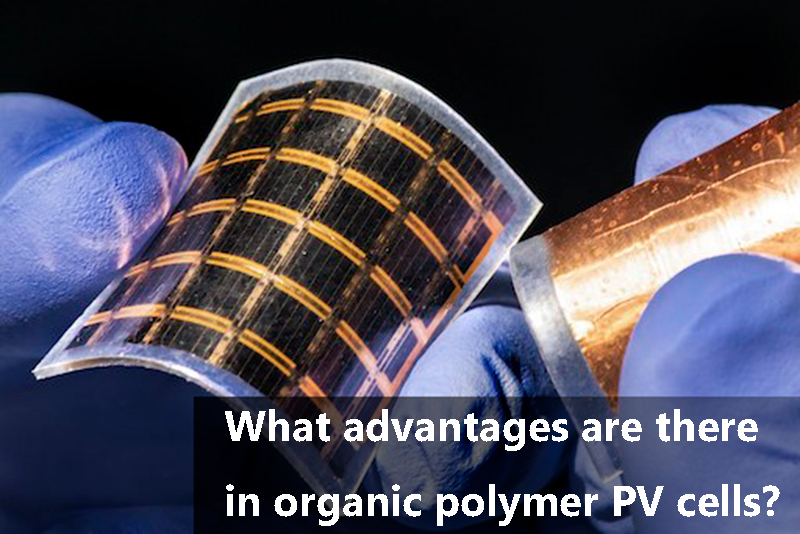
We have learned that organic photovoltaic cells have two significant disadvantages. They are less efficient and have a shorter lifespan compared to silicon solar cells. But why have they considered the future of solar energy? They have many advantages, and it seems to be getting better and better every day.
- OPVs are lightweight and flexible. They are easier to carry around to distant places for installation. They are flexible, which enables us to fit them in areas with limited space. The flexibility also allowed them to withstand immense air pressure during windy days;
- OPVs are typically made of plastic polymer in a roll-to-roll system. Both these factors are cost-effective compared to silicon solar cells. These plastic OPVs are also less harmful to the environment than the other solar cells;
- The material to manufacture OPVs is in abundance, making it cheaper and easily accessible to everyone.
9.How do you make an organic solar cell? How do you make organic solar panels?
Building organic solar cells is easier than it looks. You can make an organic solar cell by taking any organic electronic material. You can get a layer of Indium Tin Oxide as your organic electronic material and then sandwich it in between metallic conductors. You can use Aluminium, Magnesium, or Calcium materials as your metallic conductors. To create a Solar Panel, you need lots of organic solar cells. You can join these solar cells with one another using cables, and your panel will be ready. The number of organic cells can vary from 65 to 72 in different panels. The most common panels are 60 cells panel and 72 cells panels.
10.Are organic solar cells commercially available?
OPVs are still in the evolving phase. You cannot buy them as they are not commercially available. They will be cheaper compared to silicon solar cells when they come, but we cannot predict the price yet because of their unavailability.
11.What are the main differences between organic and inorganic photovoltaic solar cells?
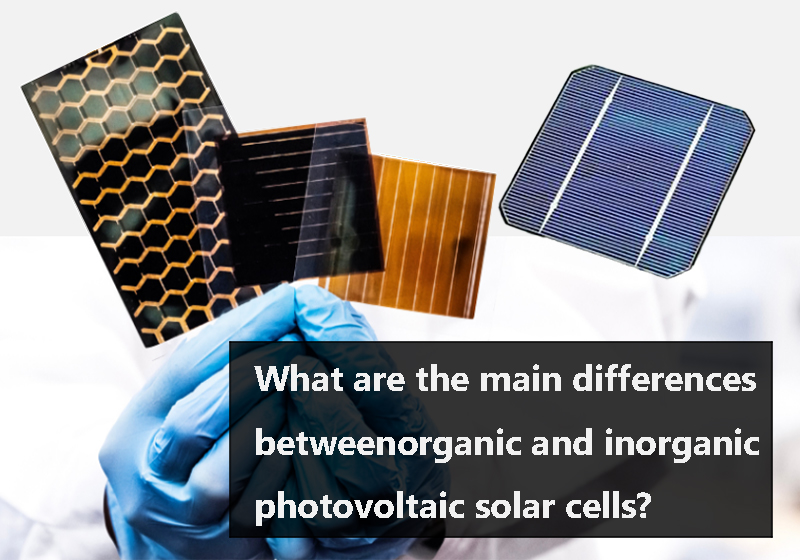
Unlike the traditional photoelectric cells that are made of silicon, this device is composed of organic polymers. It is the main difference between conventional silicon solar cells and organic solar cells. The Silicon solar cells are made up of silicon atoms, while the organic solar cells are composed of carbon-based organic molecules.
11.Why are organic photovoltaics better?
One factor makes OPVs far better than conventional inorganic solar cells. They have a much better capacity to absorb photons and do not lose that energy. These cells use all the solar energy to create electrical energy quickly and effectively.
12.Conclusion
Organic photovoltaic cells (OPVs) have been hailed as a lightweight, low-cost alternative to rigid silicon solar panels, and research on the related technology is ongoing. In the future, organic photovoltaics will become excellent candidates for energy supply on the Internet of Things (IoT) and smart wearable devices due to their unique mechanical flexibility, printability, and tunable light absorption properties. Maybe you also want to know more about some of the leading companies in the photovoltaic cell industry, please click top 5 photovoltaic cell companies in China on our website for details
Related article: top 5 perovskite solar cell companies, top 10 photovoltaic battery companies